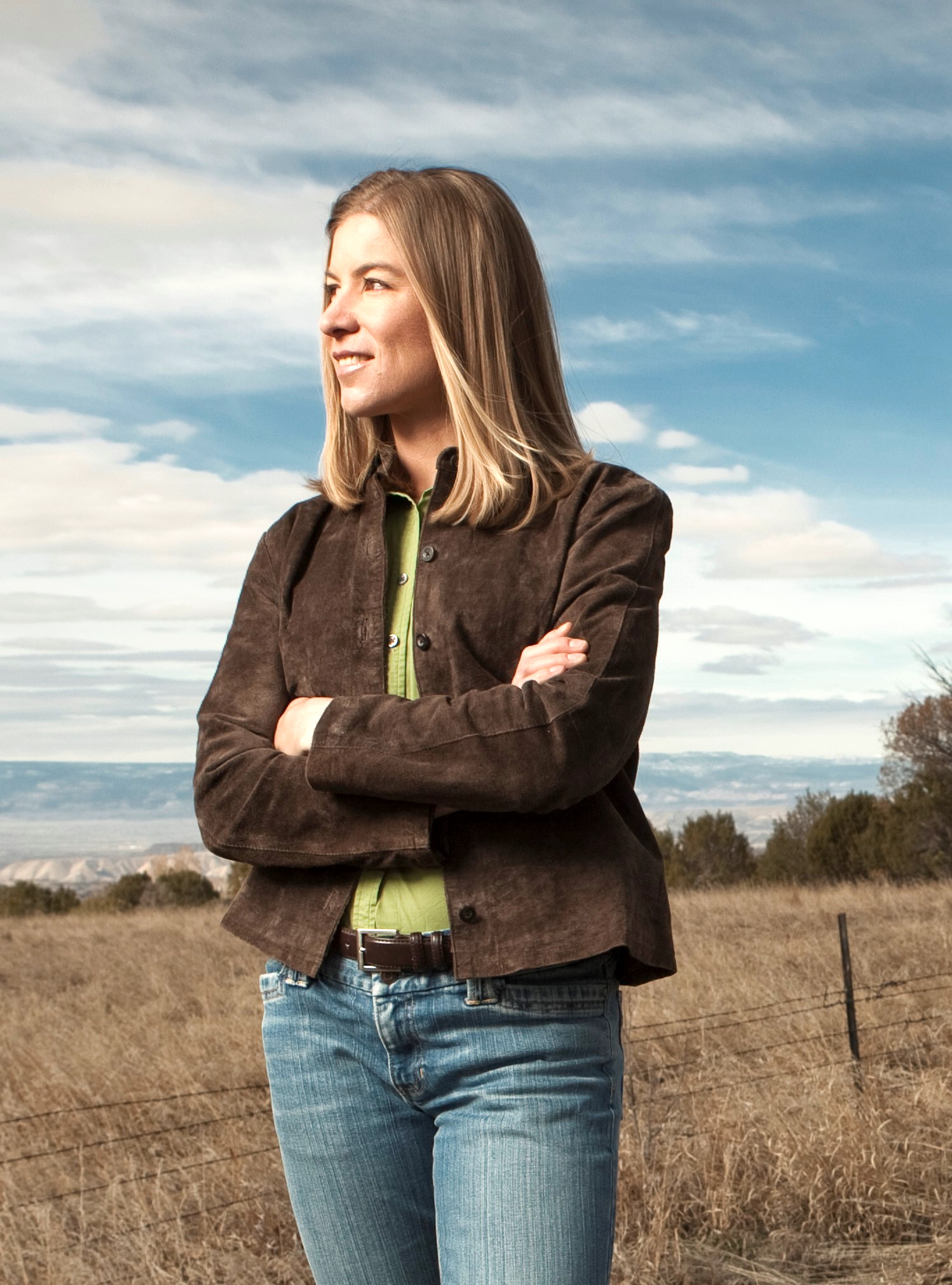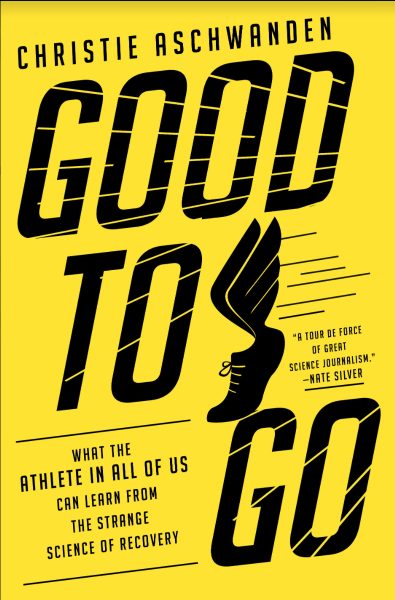
15 Mar Library & BTC Bookstore Host Journalist/Athlete Christie Aschwanden, 3/22
Authors Uncovered, the ongoing event collaboration between Telluride’s Wilkinson Public Library and Between the Covers Bookstore, has one more speaker scheduled before off-season sets in. On Friday, March 22, 6 p.m. at the library, Cedaredge-based science writer Christie Aschwanden presents a reading from her new book “Good to Go: What the Athlete in All of Us Can Learn from the Strange Science of Recovery.” A great way to wrap up the epic winter season as skiers, snowboarders, cross-country skiers, snow-bikers, snow-shoers, and ice-climbers look ahead to spring and the next batch of recreational activities.

Christie Aschwanden ©CrisCrisman
Christie Aschwanden was a high school state champion in the 1,600-meter run, a national collegiate cycling champion and an elite cross-country skier with Team Rossignol, who lives and occasionally still races in western Colorado.
Today, Christie is lead science writer at FiveThirtyEight and a former health columnist for The Washington Post. A finalist for the National Magazine Award, her writing has appeared in Outside, Discover, Smithsonian and O, The Oprah Magazine.
In recent years recovery has become a sports and fitness buzzword. Anyone who works out or competes at any level is bombarded with the latest recovery products and services: from drinks and shakes to compression sleeves, foam rollers, electrical muscle stimulators, and sleep trackers.“Good to Goo” is an eye-opening exploration of how the human body can best recover and adapt to sports and fitness training.

In “Good to Go,” Christie takes readers on an entertaining and enlightening tour through the strange world of recovery. She investigates whether drinking Gatorade or beer after training helps or hinders performance. She examines the latest trends among athletes, from NFL star Tom Brady’s infrared pajamas to gymnast Simone Biles’ pneumatic compression boots to swimmer Michael Phelps’s “cupping” ritual. And she tests some of the most controversial methods herself, including cryochambers, float tanks, and infrared saunas.
At a time when the latest recovery products and services promise so much, “Good to Go” seeks answers to the fundamental question: Does anything actually help the body recover and achieve peak performance? After examining the physiology behind all the different recovery methods from taking ibuprofen prophylactically to icing and consuming power bars, and offering an assessment of their effectiveness, ultimately Christie notes the best form of recovery may be an old-fashioned one:Listening to your own body.
“‘Electrolytes’ is just a scientific name for salts,” Christie told NPR. “These are things that we get in all of the food that we eat. … And so, the idea is that when you’re exercising, you’re sort of creating these extraordinary needs, and … so you need to replace these salts that you’re sweating out. When you sweat, you do lose some salts. You lose fluids. So the idea behind sports drinks is that they’re replacing those. …There are products now that will promise to find your individual sweat rate and individual salt-loss rate, but it turns out you don’t need a scientist looking over your shoulder to figure out how much you need to drink, or how much salt you need after exercise. Our bodies have this really sophisticated mechanism for helping us determine this — and it’s called thirst.”


Sorry, the comment form is closed at this time.